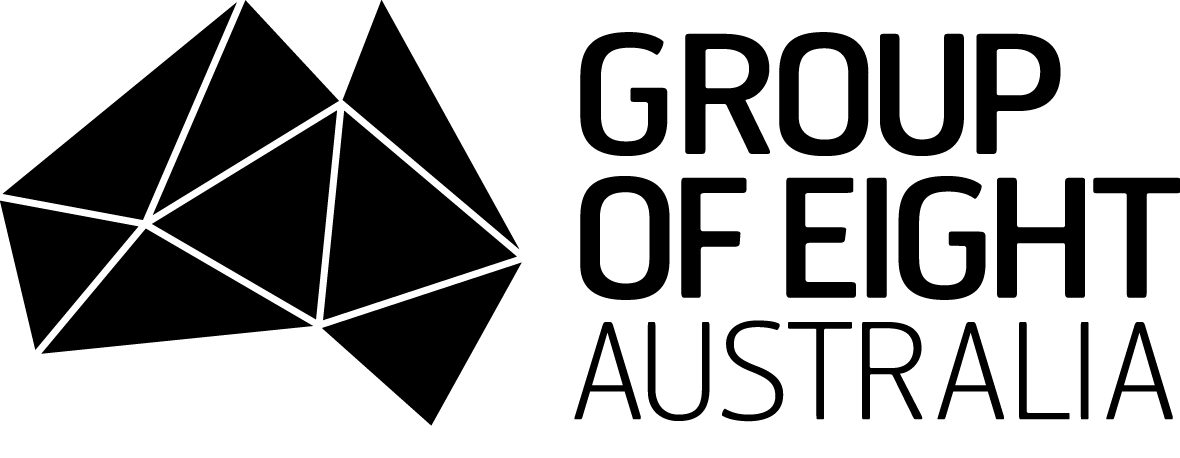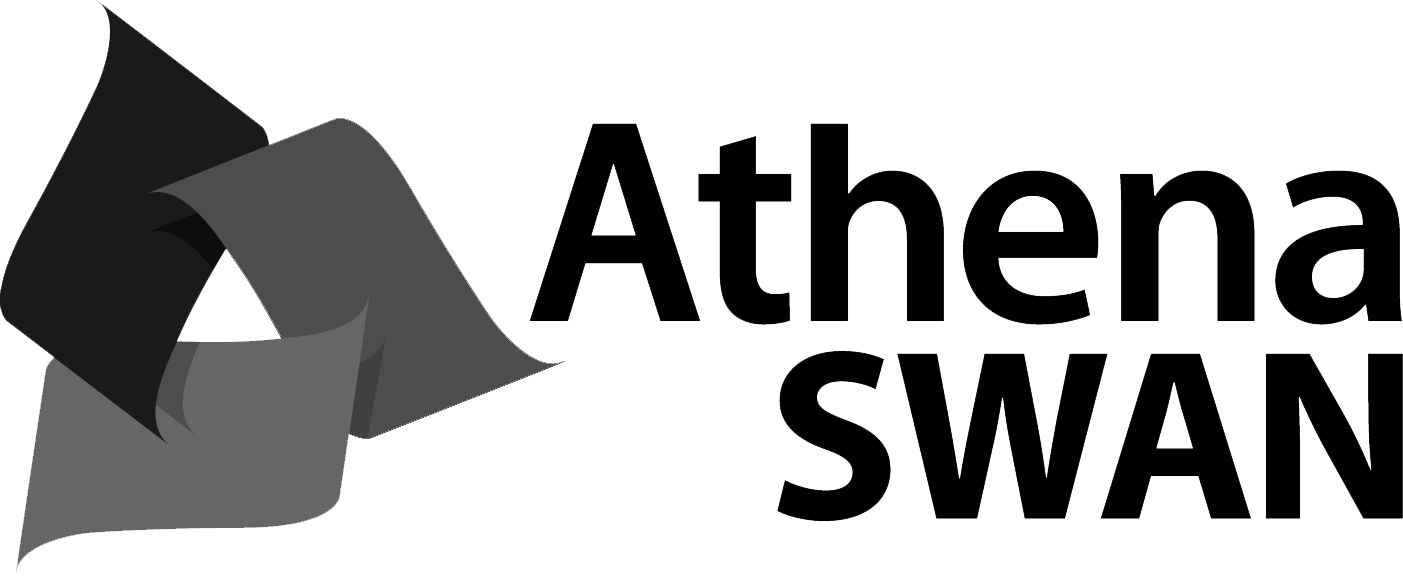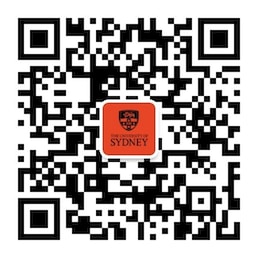The purpose of the unit is to provide students with a comprehensive understanding of skeletal muscle function and how muscle adapts to increased use, specifically how muscle responds to high-resistance training (HRT, also know as strength training) and to disuse. Students will gain an understanding of muscle force development in terms of myosin function and organization (sarcomeres, myofibrils, muscle fibers) and the neural processes involved in maximal voluntary contractions. Students will then apply this knowledge to understand how HRT works in terms of hypertrophy and neural adaptations, the process of muscle atrophy during disuse and the effects of retraining after disuse. Students will integrate this biological understanding with an evidence-base approach to HRT prescription. Students apply and integrate these approaches gain skills in the real-world prescription of HRT through participation in HRT program in practical session, and then gain skills in data analysis via interpretation of their own responses to training. Students will gain skills in the ability to critically evaluate, and communicate applications of evidence-base research in healthy and clinical populations. Finally the unit examines concepts on muscle energy balance in terms of methods and control of ATP production and use, and these concepts are used to understand the concepts of peripheral and central fatigue.
Unit details and rules
| Academic unit | Movement Sciences |
|---|---|
| Credit points | 6 |
| Prerequisites
?
|
None |
| Corequisites
?
|
None |
|
Prohibitions
?
|
EXSS1036 |
| Assumed knowledge
?
|
None |
| Available to study abroad and exchange students | No |
Teaching staff
| Coordinator | Tom Gwinn, tom.gwinn@sydney.edu.au |
|---|---|
| Lecturer(s) | Tom Gwinn, tom.gwinn@sydney.edu.au |
| Tutor(s) | Philippe jacquot, philippe.jacquot@sydney.edu.au |
| Ayshe Sahinovic, ayshe.sahinovic@sydney.edu.au |





